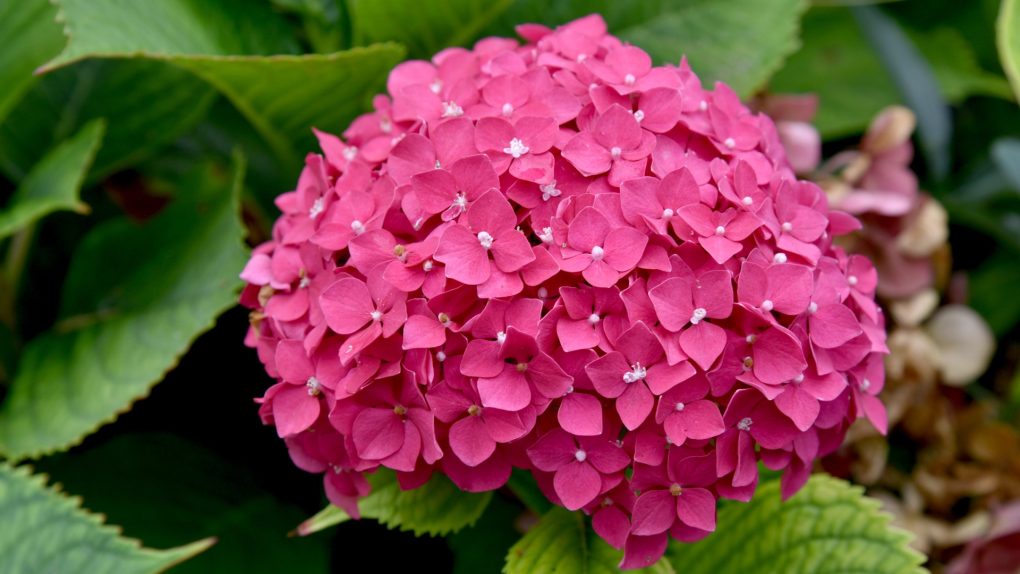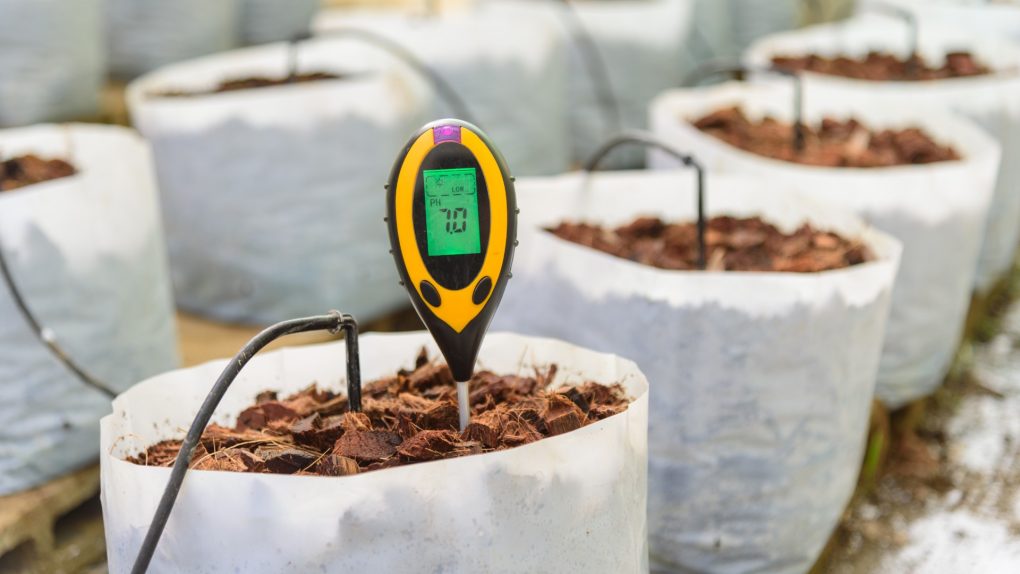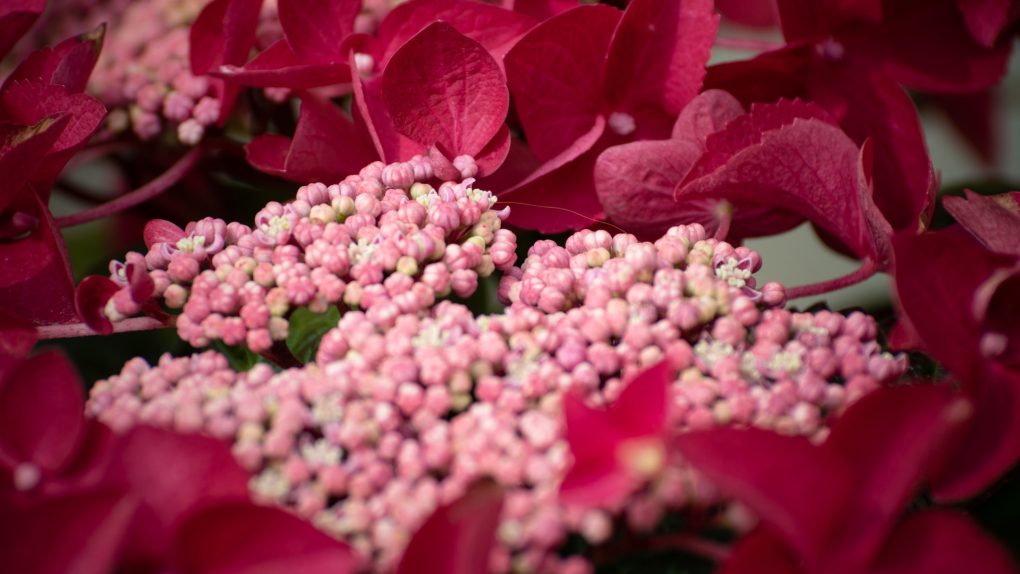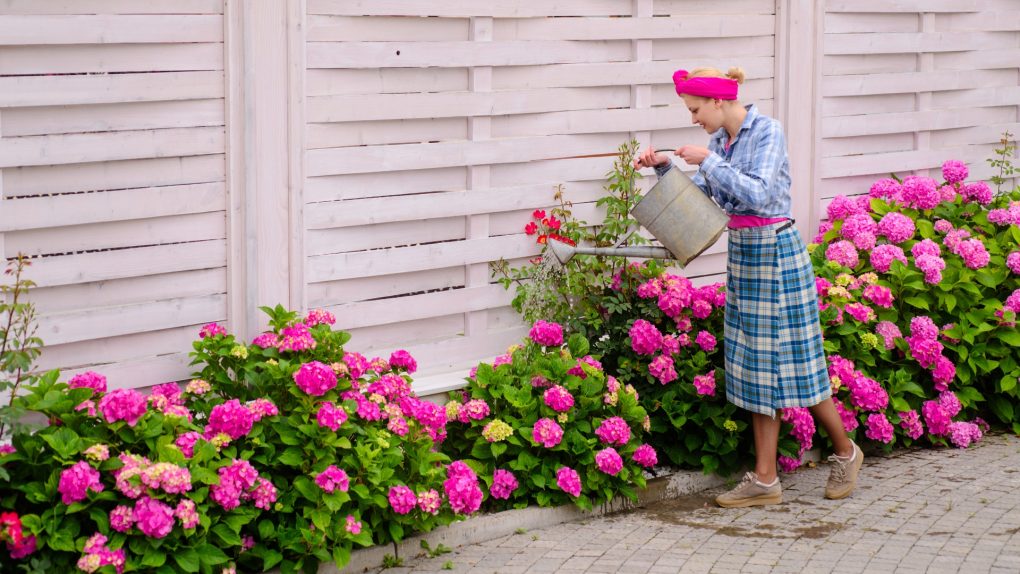What Makes Hydrangeas Red: Understanding the Science Behind Their Color
Hydrangeas turn red due to the presence of aluminum ions and the acidity of the soil they are planted in. Soil pH significantly affects the availability of aluminum ions, with more acidic soils (pH less than 6) promoting increased aluminum uptake by plants.

As hydrangeas absorb aluminum, they produce anthocyanin pigments, which interact with these ions and cause the petals’ color from shades of blue to red.
The intensity of the red coloration depends on the concentration of aluminum ions and the type of anthocyanin present. Factors such as cultivar, soil amendments, or fertilizers can also impact the hue. Therefore, it is essential to monitor and manage soil pH levels along with other growing conditions to enhance and maintain red hydrangeas.
Table of Contents
The Science of Hydrangea Color
Hydrangeas are known for their beautiful, vibrant colors, but what makes them red? The answer lies in the science of hydrangea color, which is influenced by several factors.
Factors that Affect Hydrangea Color
Several factors affect the color of hydrangea blooms, including soil pH, the presence of aluminum, and temperature. While some varieties of hydrangeas are naturally red, others can be manipulated to produce red blooms.
The Role of Soil pH
The soil’s pH level plays a significant role in determining the color of hydrangea blooms. If the soil is acidic, with a pH level of 5.5 or lower, the blooms will tend to be blue. If the soil is alkaline, with a pH level of 6.5 or higher, the blooms will tend to be pink. When the soil pH is neutral, around 7, the blooms will be white or green.
To make hydrangeas red, it is necessary to increase the soil’s pH level to a slightly alkaline level, around 6.0-6.2. This can be achieved by adding lime to the soil. However, it is important to note that this method may not work for all varieties of hydrangeas.

The Role of Aluminum
Aluminum is another factor that affects the color of hydrangea blooms. When aluminum is present in the soil, it can cause the blooms to turn blue. If there is little aluminum in the soil, the blooms will be pink or red.
To make hydrangeas red, reducing the amount of aluminum in the soil is necessary. This can be achieved by adding iron or aluminum sulfate amendments to the soil. However, it is important to note that adding too many of these amendments can harm the plant.
Overall, the science of hydrangea color is complex, and several factors can influence the color of the blooms. By understanding these factors, gardeners can manipulate the color of their hydrangeas to create the desired effect.
Types of Red Hydrangeas
Common Red Hydrangea Varieties
Several types of hydrangeas produce red blooms. The most common is the bigleaf or French hydrangeas, which include the following varieties:
● Cardinal Red: A profusely blooming hydrangea of bright red color, with blooms that remain in the red family.
● Cherry Explosion: A hydrangea with abundant red-cherry flowers blooming on old and new wood.
● Royal Red: A popular hydrangea variety that produces large, deep red blooms.
● Lady in Red: A compact hydrangea with deep red blooms perfect for small gardens or containers.

Color-Changing Hydrangeas
Some hydrangea varieties can change color depending on the soil’s pH level. These include:
● Nikko Blue: A popular hydrangea variety that produces blue blooms in acidic soil and pink blooms in alkaline soil.
● Endless Summer: A hydrangea that produces blue or pink blooms depending on the soil’s pH level.
● Forever Pink: A hydrangea that produces pink blooms in alkaline soil and blue blooms in acidic soil.
It is important to note that while the color of these hydrangeas can be influenced by soil pH, it is not guaranteed. Other factors, such as the amount of aluminum in the soil, can also affect the color of the blooms.
Caring for Red Hydrangeas
Planting and Soil Preparation
Red hydrangeas require well-draining soil that is rich in nutrients. Planting them in an area with partial shade is recommended, as too much sun can cause the flowers to wilt. When planting, ensure the hole is twice as wide as the root ball and just as deep. Mix in compost or other organic matter to improve soil quality.
It is also important to ensure the soil pH is between 6.0 and 6.2 for red hydrangeas. In case the soil is acidic, add lime to raise the pH. If it’s too alkaline, add sulfur to decrease the pH level.
Watering and Fertilizing
Red hydrangeas require consistent moisture, but not soggy soil. Once or twice a week, water them deeply, depending on the weather conditions. Mulching around the plants can help retain moisture and prevent weeds from growing.
Fertilize red hydrangeas once in the spring with a balanced fertilizer, and avoid fertilizing in the fall as it can promote growth that cannot harden off before winter.

Pruning and Deadheading
Red hydrangeas should be pruned in late winter or early spring before new growth begins. Remove any dead or damaged wood and return the remaining stems to the first pair of healthy buds.
Deadheading, or removing spent blooms, is not necessary for red hydrangeas but can help keep the plant looking tidy. Cut the stem just above the first set of healthy leaves below the spent flower.
